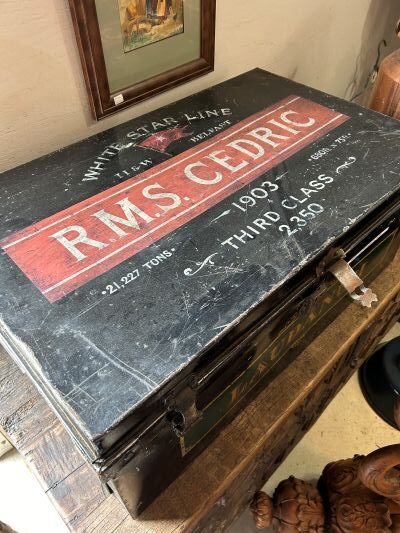The White Star Line is certainly most famous because of the tragedy of its RMS Titanic, but there’s more to know about this company than that ill-fated night in 1912.
Most sites you can visit today (understandably) focus on Titanic, but several represent the wider history of the company.
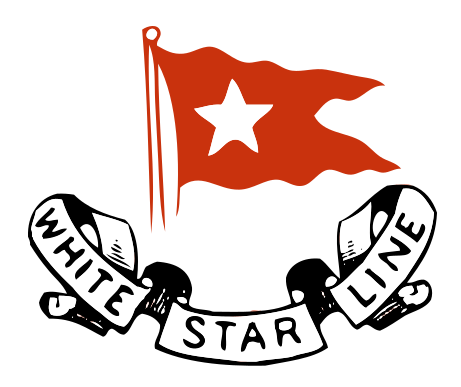

Following the discovery of gold in Australia in the 1850’s, demand to travel from the UK skyrocketed. The White Star Line, founded in 1845, was perfectly poised to satisfy the demand, and did for a while. But following accidents at sea and the rise of the steamship, they eventually filed for bankruptcy in the 1860’s.
Thomas Ismay was a director at the National Steam Navigation Company, a steamline service with passenger service between the UK and US. Ismay bought the White Star Line from bankruptcy in 1868 for one thousand pounds and set about making it one of the largest shipping companies in the world.
Titanic is by far the most famous accident of the White Star Line but it was not the only one. In 1909 the RMS Republic (see scrolling images below) was hit by RMS Florida in a fog and sank. The Republic was the first ship in history to send a distress signal by the new wireless Marconi technology and, unlike the tragic events of 1912, other ships in the area were able to respond quickly and take evacuated passengers. Florida herself took some passengers on, as only her bow was damaged (though severely) from hitting Republic.
The successful evacuation and transfer of passengers from Republic illustrates why ships at this time were not required to have enough lifeboat space for everyone. It was believed that enough ships would be nearby in the busy shipping channels to aid any distressed ship in time.
In 1934, the British Government forced the merger of White Star with Cunard due to challenges each company faced as a result of the Great Depression. The Cunard-White Star Line continued to operate until 1950 when Cunard fully absorbed White Star. Their headquarters remained at Albion House as Cunard until 2009 when they moved operations to Southampton.
White Star Line Images
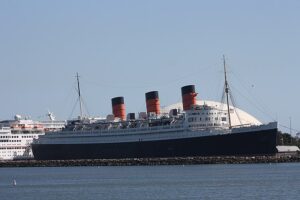
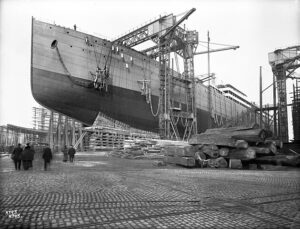
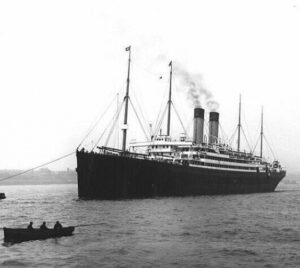
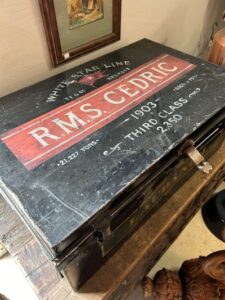
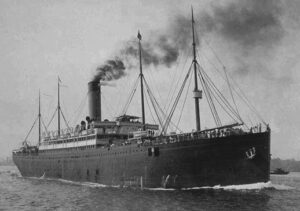


20 Casement Square, Cobh, Ireland
Cobh, formerly called Queenstown, in County Cork on the southern shore of Ireland, has been linked to two of the 20th century’s biggest maritime disasters.
RMS Titanic made its final port of call here on April 11, 1912, taking on 123 passengers, many emigrating with the hopes of a new life in America.
A few years later, in 1915, RMS Lusitania was sunk not far off the coast by a German torpedo during World War One. Many of the victims recovered were buried in Cobh.

Today, you can visit an original White Star Line ticket office in Cobh, which houses the town’s Heritage Center. The Center features many exhibitions on the maritime history of Cobh, including the first emigrant to pass through Ellis Island, who left from Queenstown in 1892.
30 James Street, Liverpool, England
Today the headquarters of Ismay’s White Star Line is a posh hotel. The website lists it as “home of the Titanic” but otherwise there is very little reference to the White Star Line. I haven’t been there myself, so I can’t say how it is, but as a historic hotel, this is a pretty good one to consider staying at!
The building is made from Portland stone and red brick and makes a striking impression. One reference I found referred to the style as “streaky bacon”, which seems very accurate! Construction began in 1896 to be the HQ of the White Star Line.
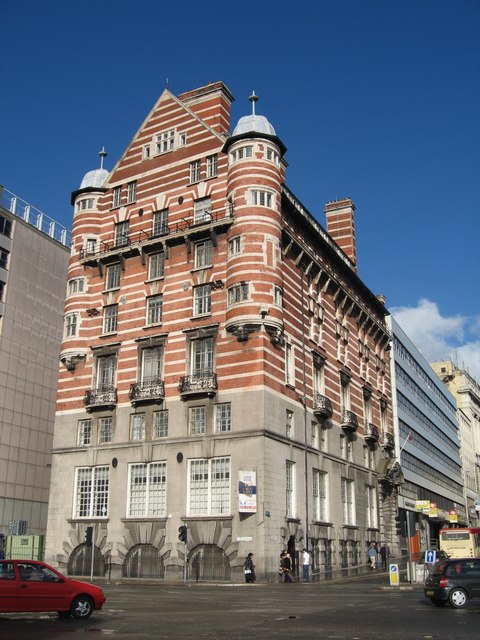
Following the Titanic disaster in 1912, employees were afraid to leave the building, and instead read the names of the deceased aloud from the balconies above the street. The balconies were damaged during a bombing raid in World War II, but they were repaired as you can see today.
The building had previously suffered damage in 1923 when a lightening strike set it on fire but it survived. The White Star Line was acquired by the Royal Mail Line in 1927 and Albion House continued as the headquarters.
Bowling Green Offices, White Star Line, New York City, NY
White Star Line had an office in New York City at the Bowling Green Office building at 9 Broadway, which still stands today, though the White Star offices are gone.
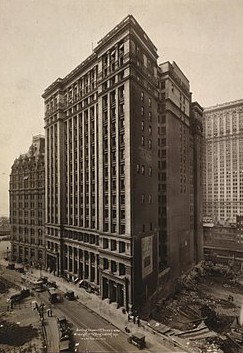
The original building was 16 stories high, but in 1917 five additional floors were added to create the 21-story building you see today. The area was occupied by many steamship and shipping companies beyond the White Star Line.
One source cited White Star moving into their office in 1891, but since the building didn’t begin construction until 1895, I can’t nail down exact dates. What we do know is that White Star Line was firmly situation here in 1912, as the streets quickly became crowded with people wanting to hear what happened to Titanic as the news of the accident reached New York.
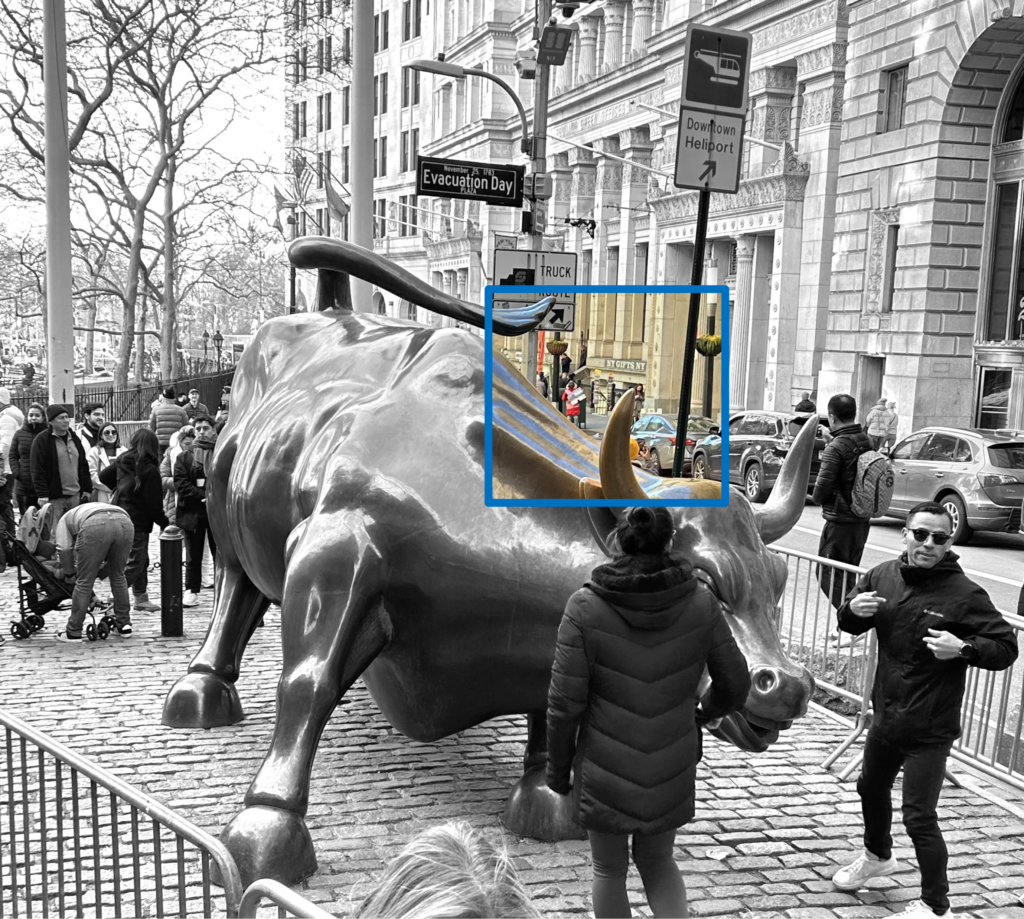
Unfortunately when I visited New York I didn’t know about the White Star Line offices, so the best picture I have of the site right now is highlighted in the colored section of the Charging Bull statue photo.
There are a set of stairs leading into a section of the building which, thankfully, still has “Nine Broadway” spelled out above the doorway so you’ll know for sure that you have the right place.
Flanking the door and stairs, you can see on the stone where there would have been plaques listing the buildings inside. There is another blog here that shows images of the doorway when it still had the White Star Line sign affixed to the building.
Bonus White Star location: Boston, Massachusetts (but not for long)
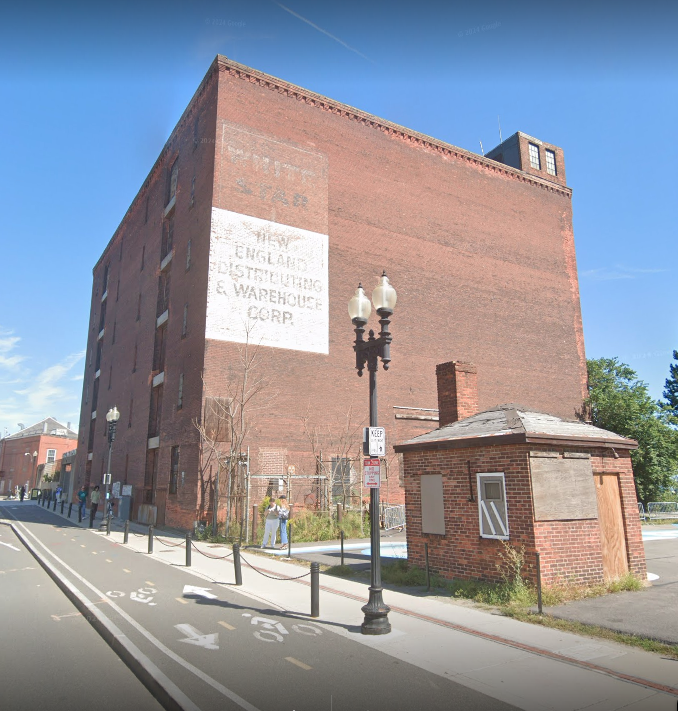
In researching the White Star Line, I found a 1902 Boston, MA publication that listed a White Star Line office at 73 State St. The current structure looks more modern but I can’t find any more detail on the history here.
I did, however, come across a National Park Service building from 1895 known as the “Hoosac Warehouses” on the shore of the Charles River along the Freedom Trail.
It was this area where White Star, Cunard, and other major transatlantic lines would stop in Boston. Unfortunately, the NPS is slated to demolish the Hoosac Warehouse with the White Star advert starting in 2024 following failed attempts to modernize through the 1990’s and early 2010’s.

